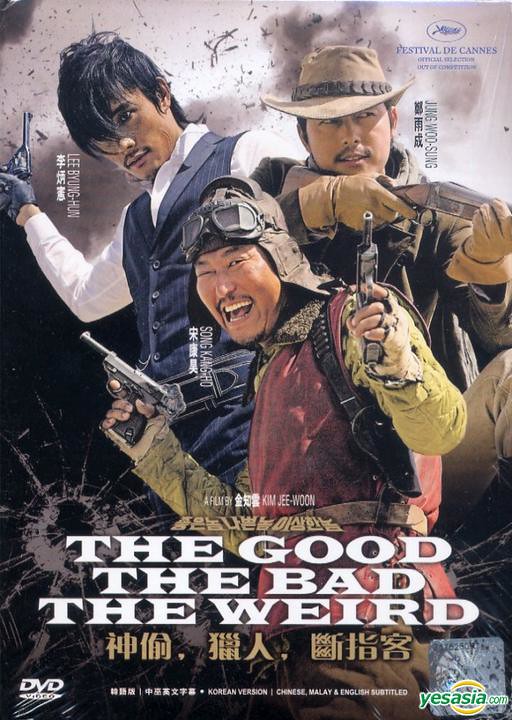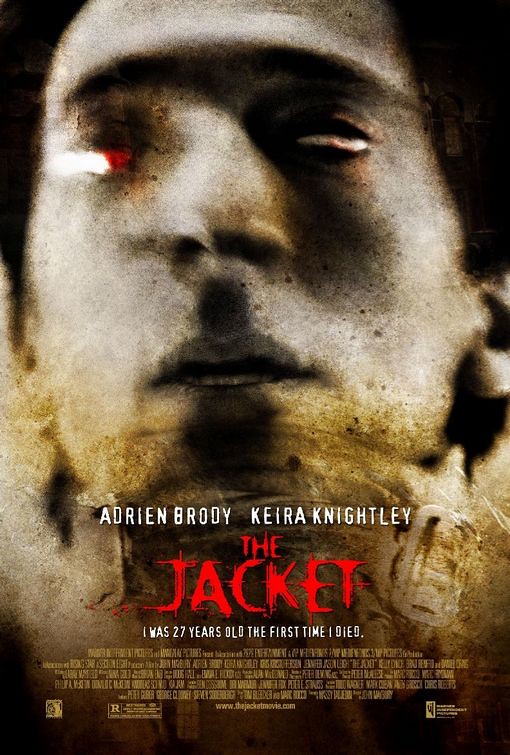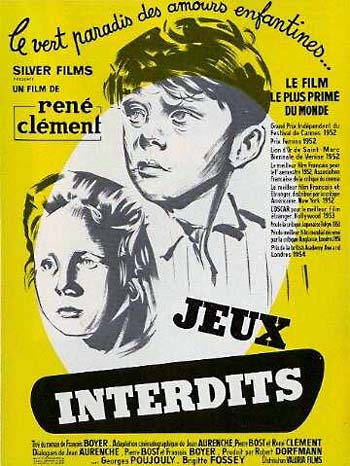
I'm actually glad I just watched Leone's full trilogy before this, because although the characters are pretty clearly (though pretty loosely) based on the titular Good, Bad, and Ugly, scenes are stolen/homaged out of Fistful of Dollars and For a Few Dollars More as well. For most of the film, it felt more like the title should have been "The Good, The Bad, The Weird, The Gang, The Other Gang, and the Japanese Army." So many forces were chasing after this one map it got a little Mad, Mad, Mad World-esque. In fact, they play pretty loose with how each group keeps its eyes on the prize, and you just sort of accepted that in this cartoony world the three title characters/heroes were unkillable no matter what happened (the same is true in an Indiana Jones movie; I think this may differentiate action films from action-adventure, and I don't mean this as a complaint). The story is all an action-set-piece delivery system, and it doesn't disappoint in that regard.
The epic chase across the endless desert at the end was ridiculous and fun, and summed up the whole movie perfectly. It was largely impossible to tell who is doing what, exactly, or who is who's main antagonist, but Yoon Tae-goo (the Weird) has the map and is always somehow in the lead. Park Chang-yi (the Bad) looks like Vampire The Masquerade (Jen called it; she's right) and gets hilariously petulant when something gets in his way. And Park Do-won (the Good) is kind of a pretty-boy Korean Clint Eastwood, who apparently just wants to kill this mysterious guy who killed five guys, even though everybody racks up death tolls in the double digits every time a gun is fired. I think I missed something. Anyway he's a bad-ass, too, and likes his rifle.
So it's a mess, but it's interesting to look at the weird culture mash-up on display, and it's entertaining as hell. The only reason the story doesn't collapse under its own circuitous, convoluted weight (mixaphorically speaking) is the same reason that last mega-chase scene worked: it never slows down, and everybody just keeps barreling ahead at a breakneck pace. So long as everything's in motion, you don't have time to stop and think, and the ride stays fun.




